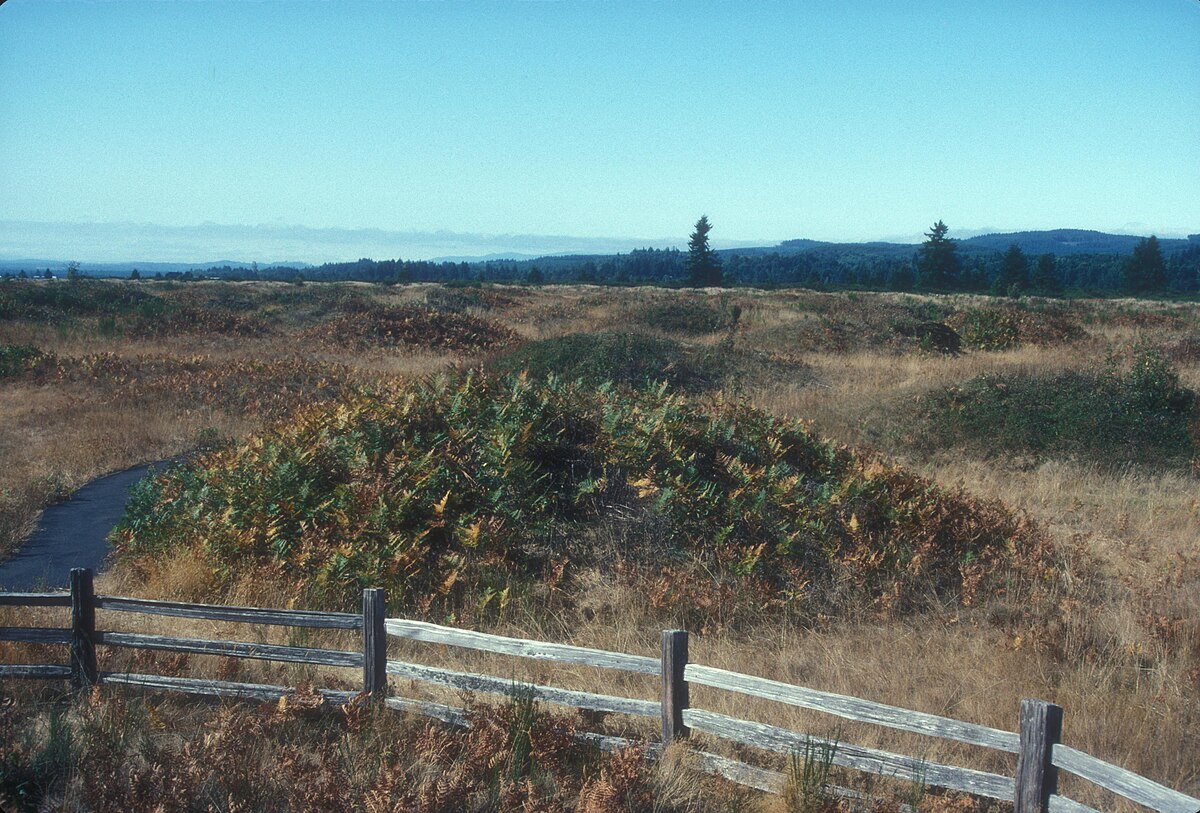Guess you could say they are at a loess at how to describe how these are formed.
Seriously though, this screams aeolian deposition to me. My original thought was that this was from catabatic winds (e.g., loess) but they point out that the organic matter in these dates to 4,600 years ago, so it has to be aeolian. Usually aeolian is sandy but it doesn’t have to be.
Loess can have up to 20% clay. Now buckle up a bit as I’m going to get technical.
-
Wind blows loess into dunes
-
Loess Dunes stabilize
-
Precipitation translocates the clays out of the A horizon and into the B horizon. This results in the moderately coarse textured hills
3a. Some possible gopher fuckery
Typically, these mounds consist entirely of a thickened loamy and sandy A and E horizons lying either on a more or less flat or slightly, but noticeably depressed, clay laden B horizon.
Step 3 describes this. As precip moves the clays, you would end up with the described profile above.
I’m on team “giant prehistoric mole hills” personally
As appealing as that idea might be, it seems out there to, to this soil scientist
-




